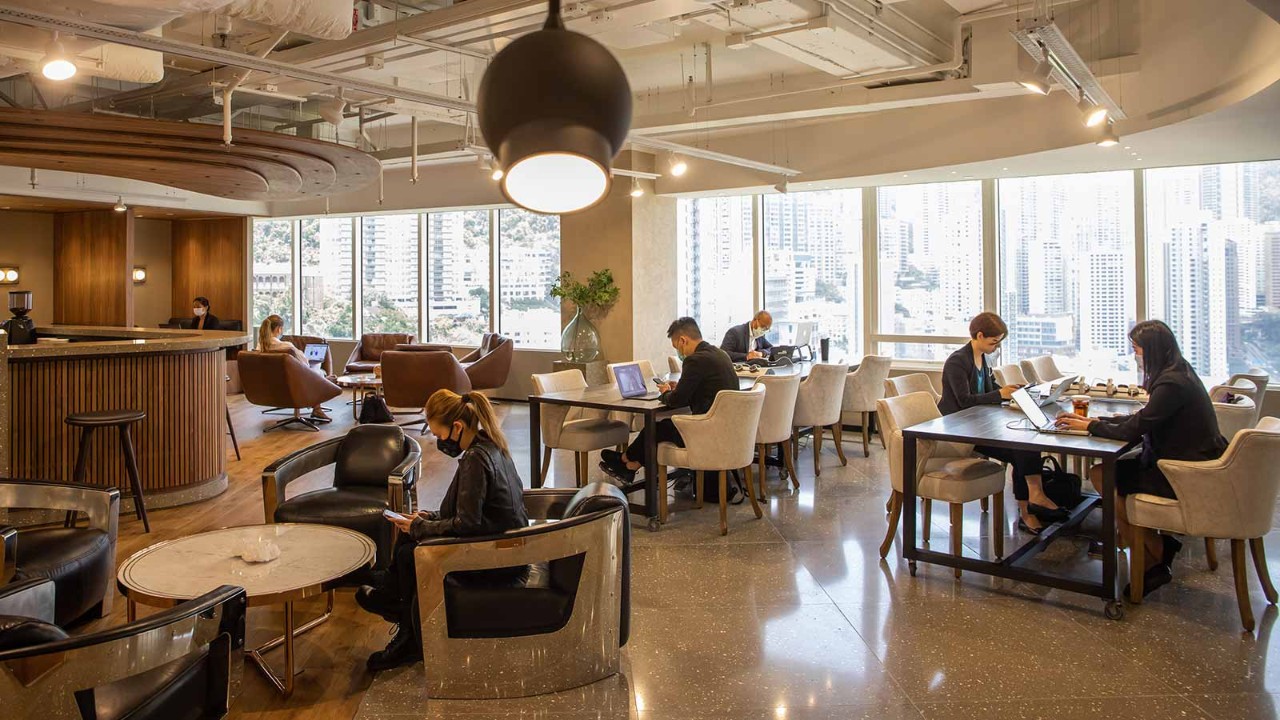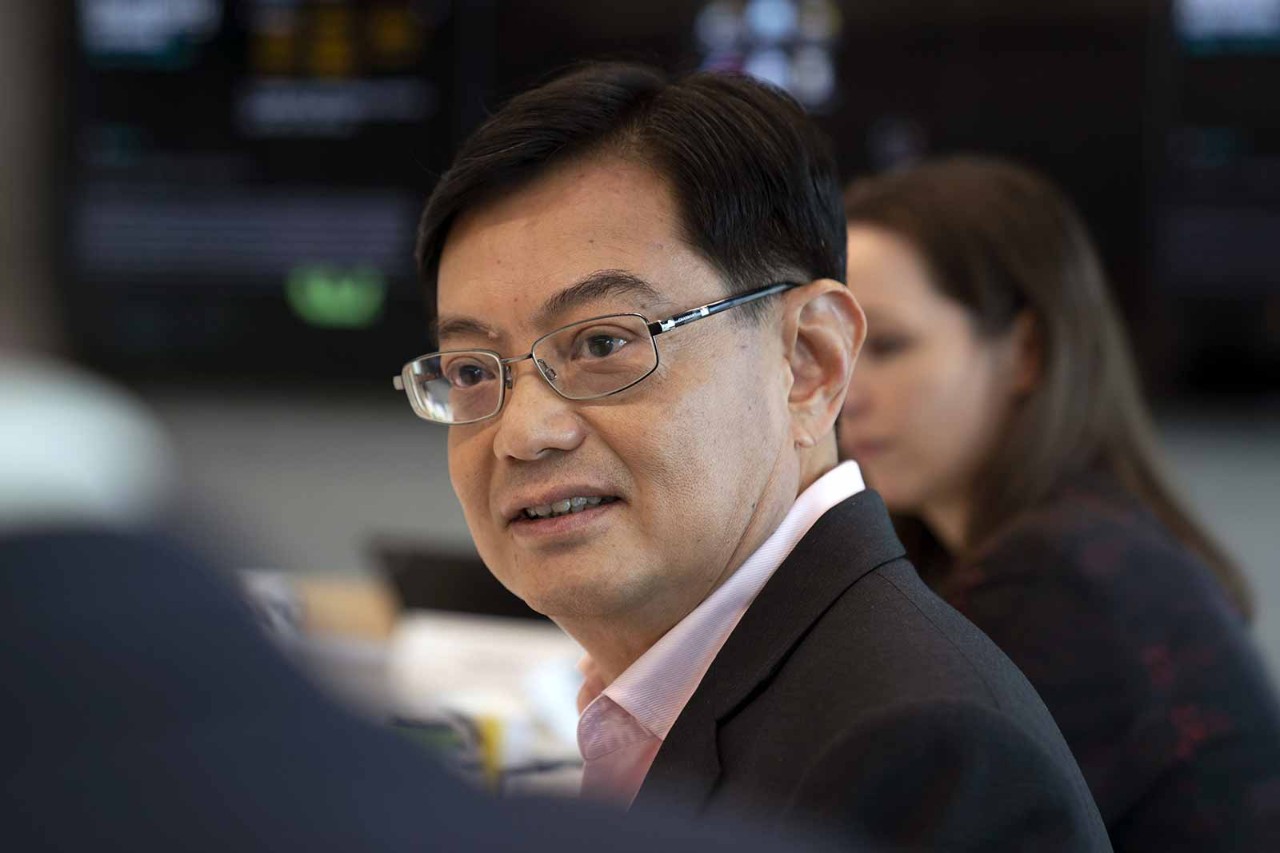
Until the disruptive tentacles of Covid-19 brought fundamental changes to work and work processes, employees working in Hong Kong’s Central Business District (CBD) inhabited – in some cases for extremely long hours – some of the most expensive office space in the world. But the pre-Covid headline-grabbing highs enjoyed by grade-A office space in CBD have not persisted. Vacancy rates have climbed above 4% and rental rates plunged by as much as 15% – the fastest rental slide in CBD since the global financial crisis.
But it is not all gloom for Hong Kong commercial property landlords. In spite of the sluggish economic conditions, companies based in mainland China, particularly players in the financial sector and the tech giants, have taken advantage of the downward rent trend to expand their Hong Kong footprint. At the same time, according to several optimistic business leaders, lower rents could increase the city’s competitiveness in the post-Covid environment, potentially strengthening Hong Kong as a cost-effective location for conducting business.
Even with the rollout of Covid-19 vaccines and safe return to work policies, questions about the long-term future of the rental market for grade-A office space remains. While many companies are downsizing their CBD presence as their requirement for office space shrinks, others are looking at alternatives that create workplaces that get the best both from the building and their employees.

It’s not easy to find a suitable place to work in a 500-square-foot apartment
Hubs on the up
Ticking the boxes for a growing number of employers and employees is working from a distributed set of satellite offices located closer to where employees live. Also known as a hub-and-spoke office model, the concept allows companies to retain smaller expensive grade-A headquarters but still drive productivity.
Reducing the daily commute by public transport and avoiding close proximity to other people are major considerations for many. Also, as elsewhere in the world, Hong Kong employees have warmed to the concept of working fully or partly from home, even though home is never going to be an ideal replacement for the corporate office for many.
Finding a suitable place to work in the 500-square-foot apartment that many Hongkongers live in, with all the noise and distraction generated by family members and neighbours, is not easy. Satellite offices, however, can solve several pertinent issues, from providing a demarcation line between personal and professional realms to facilitating small-group face-to-face engagements that make the workday enjoyable.
Green office
Hong Kong-based architect Soraya Somarathne believes that, regardless of location, the way is open for a new age of open-plan office environments that prioritise sustainability and wellness. One example combines an open-plan office space with hydroponic farming, which would also add value by creating a healthier office space with green credentials.
This pairing, according to Somarathne, can improve social distancing in the workplace while supporting the commercial interests of more than one organisation. The concept also sets the scene for locally grown fruit and vegetables – a novelty in Hong Kong, which produces only about 1% of its own food.
With employee expectations of the workplace changing, conversations around the water cooler could soon focus on the growth of tomatoes as well as the latest business strategy.
